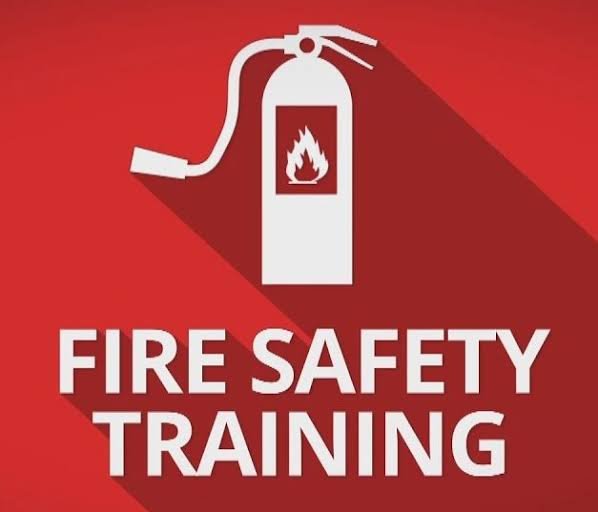Fire safety systems in modern buildings are designed to protect lives and property in case of emergencies. Among the critical components of a fire protection system is the jockey pump, also known as a pressure-maintenance pump. Although small in size compared to main fire pumps, the jockey pump plays an essential role in ensuring that the system is always pressurized, ready, and fully functional at any moment. This blog explores jockey pumps in depth—covering their definition, purpose, operation, components, installation, and maintenance.

🔹 1. What is a Jockey Pump
A jockey pump is a small-capacity pump that works continuously or intermittently to maintain the pressure in a fire sprinkler or hydrant system. Its purpose is not to supply water during a fire but to compensate for minor leaks, system pressure drops, or small fluctuations in the pipeline.
Without a jockey pump, the fire pump would frequently start unnecessarily, leading to wear and tear.
🔹 2. Why is a Jockey Pump Important?
- 🟢 Maintains constant system pressure
- 🟢 Prevents unnecessary operation of the main fire pump
- 🟢 Ensures readiness of fire suppression systems
- 🟢 Reduces maintenance and increases lifespan of main pumps
- 🟢 Provides early warning in case of abnormal pressure drops

🔹 3. Working Principle of a Jockey Pump
The operation is based on pressure sensing:
- System pressure is continuously monitored.
- If pressure drops below the set value (due to leakage or small use), the jockey pump automatically starts.
- The pump restores pressure to the required level.
- Once pressure is normalized, the pump automatically stops.
This ensures the main fire pump only activates in real emergencies when large volumes of water are required.
🔹 4. Components of a Jockey Pump System
- Pump Unit: Small centrifugal or multistage pump
- Electric Motor: Provides power to run the pump
- Pressure Switch: Senses system pressure and triggers start/stop
- Controller Panel: Manages operations and alarms
- Check Valves & Piping: Ensure water flows correctly into the system

🔹 5. Typical Specifications of a Jockey Pump
- Flow Rate: 10–50 GPM (gallons per minute)
- Pressure: Slightly higher than the main fire pump setting
- Power Supply: Electric motor driven
- Duty: Continuous or intermittent depending on system design
🔹 6. Installation Guidelines
- The jockey pump should be installed in parallel with the main fire pump.
- Discharge pressure must be set higher than the main fire pump start pressure.
- Proper check valves must be installed to prevent backflow.
- Should be connected to an independent power source to avoid downtime.
- Regular testing must be performed as per NFPA 20 (National Fire Protection Association) standards.
🔹 7. Maintenance of Jockey Pumps
Regular maintenance ensures reliability:
- Weekly inspection of pump operation
- Monthly pressure test to confirm settings
- Checking motor alignment and lubrication
- Monitoring for leaks in pipelines
- Annual service by certified technicians
🔹 8. Common Problems in Jockey Pump
- Failure to start due to faulty pressure switch
- Motor overheating caused by continuous running
- Incorrect pressure settings leading to unnecessary operation
- Leakage in pipelines making pump run frequently
- Electrical issues in controller panel
🔹 9. Standards and Compliance
Jockey pumps must be designed and maintained according to:
- NFPA 20 – Standard for the Installation of Stationary Fire Pumps
- UL/FM Approved Components
- Local Fire Safety Codes and Building Regulations
🔹 10. Conclusion
The jockey pump may be small, but it is one of the most critical parts of a fire protection system. By maintaining pressure, preventing unnecessary fire pump activation, and ensuring system readiness, it provides reliability and long-term efficiency. Proper installation, regular testing, and compliance with NFPA standards are vital to keeping fire safety systems operational when they are needed the most.





